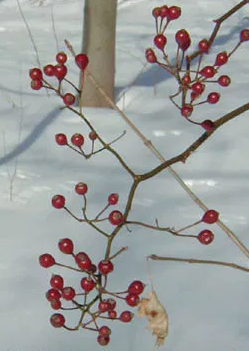Multiflora is often the bane of a farmer’s existence, and a lovely hiking companion for walkers. Its flowers of 5 white heart shaped petals create gorgeous white-pink blankets throughout the forest, and also have the capacity to spread throughout fields and edges of growing spaces. Multiflora is a part of the rose family, much like your basic red, pink, or yellow garden roses, or edible fruit trees such as Apple, Serviceberry, or Pomegranate. It is a complicated edible, medicinal, and ornamental because although it provides food for songbirds and humans, and shelter for rabbits and pheasants, it has a tendency to totally take over the native ecology. In this blog post, we will explore it’s more edible and medicinal properties: Multiflora’s RoseHips.
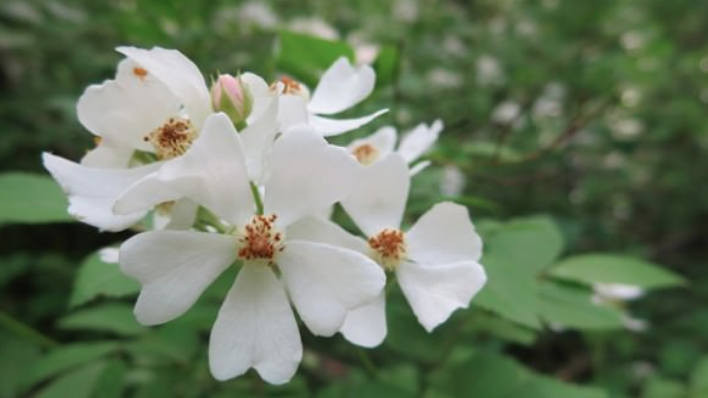
You might already be familiar with Rose Hips from tea, skincare products, or even nutritional supplements. This is the fruit of the Rose plant. RoseHip oil is usually made from Dog Rose and Field Rose. They can be anywhere from the size of a human pinky nail to the size of a golf ball, and the colors range from red to pink to orange. You’ll notice their shape is similar to pomegranates! RoseHips are often dried out for tea or for medicinal processing. RoseHips are extremely popular in skincare products because it is known to be a floral moisturizer and collagen enhancer. It is also said to reduce inflammation and discoloration. In tea, it is a sour and floral note that provides a high antioxidant and Vitamin C kick, and it is said to boost the immune system.
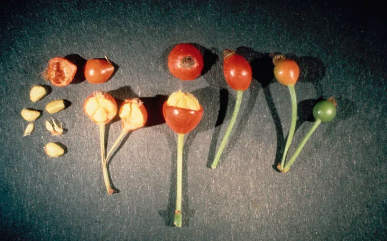
The RoseHips of the Multiflora Rose has the same uses and can be harvested in late Fall and Winter! You can eat them right off the shrub or bring them home for tea. I normally smash the RoseHips a bit in a mortar and pestle to get the juices and oils out, and then steep them for about 10 minutes in boiling hot water. The RoseHips of the Multiflora Rose are some of the smaller RoseHips…they are about the size of a pinky nail, and are in a pointed oval shape. They tend to be a deeper red and definitely stand out in the forest during Winter. In the Spring, you can use their petals as a beautiful salad garnish.
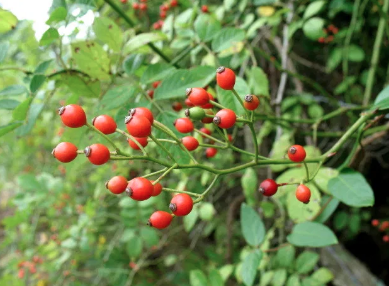
You can generally identify the Multiflora Rose by their RoseHips or by their flowers, though here are some ways to identify them in other ways. Multiflora Rose, like many Roses, is a prickly shrub. It has thorns like many other Roses and they tend to be quite sharp and are quite small and hair-like. The leaves of Multiflora are toothed and bright green, spade shaped, and usually no bigger than the length of your pinky. They are compound leaves.
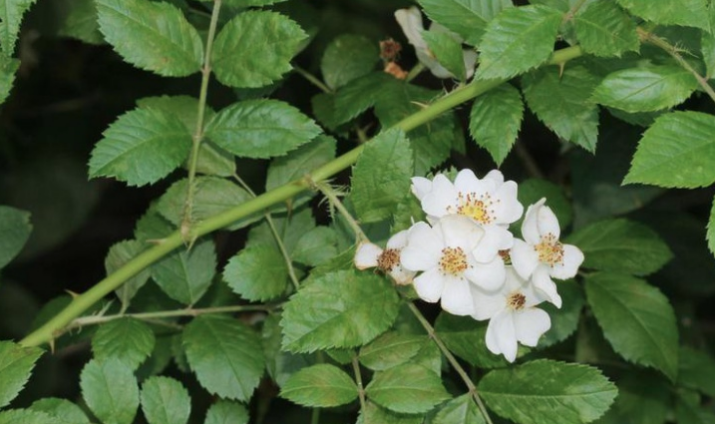
Multiflora means “having many flowers” in Latin. The species originally hails from Japan, Korea, and China, and was originally planted in the United States to provide food in forested areas that humans largely deforested or devastated, which didn’t work according to plan because of Multiflora’s tendency to take over ecologies. It is a climber and a rambler, almost like a cross between wild raspberries and ivy in its abilities. Because of this, harvesting of their RoseHips for personal and medicinal uses are encouraged, though please remember to leave some for other people and other animals, and for the plant to regenerate itself (unless you are explicitly trying to eradicate the Multiflora from an area you take care of).
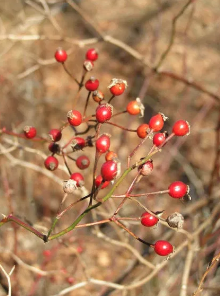
Here are some tasty and medicinal ideas for how to use Multiflora RoseHips yourself!
Traditional Alaskan RoseHip Simple Syrup
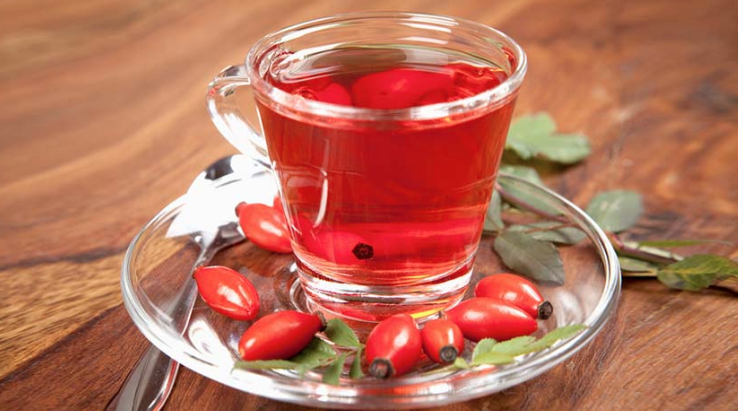
Multiflora is all over the parks in and around Baltimore! Go look for them and give a RoseHip a try!

